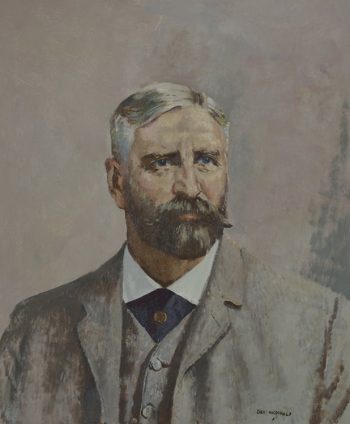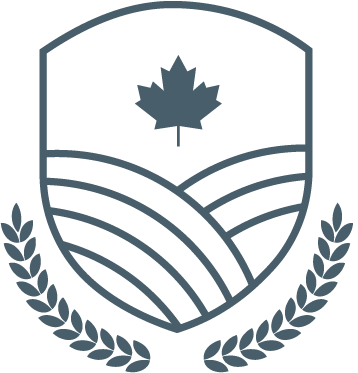Mossom Boyd
- Canadian Agricultural Hall of Fame
- Inductees
- Mossom Boyd

- Inducted: 1965
- Residing Province: Ontario
- Gallery Location: 6
Mossom Boyd
- (1855
- -
- 1914)
Although the name, Mossom Boyd, is usually associated with Polled Herefords, Mr. Boyd actually started his livestock career as a breeder of Aberdeen Angus cattle. This herd was dispersed and later replaced by a herd of horned Herefords.
In 1901 he became interested in developing a polled herd and obtained a number of hornless Hereford males and females from Iowa. By following a carefully planned breeding program, under which hornless males were mated to horned females and vice versa, he succeeded in his objective, and became recognized as the founder of Polled Herefords in Canada.
His original animals left much to be desired from the standpoint of type and conformation, but by selecting the best and discarding inferior individuals, he was able to produce cattle possessing beef characteristics quite the equal of horned Herefords.
Of all the great animals produced by this breeder the most outstanding was a bull, Bullion 4th. He was acclaimed the best Polled Hereford produced up to that time. His influence has been far reaching in that most modern Polled Herefords trace to him.
Mr. Boyd’s other livestock activities included the importation and breeding of Suffolk and Percheron horses; and the crossing of American Bison and cattle, a project designed to produce a hardy beef animal called the Cattalo. The program he started was continued at the Manyberries Experimental Station until 1964.
Bien que le nom, Mossom Boyd, soit généralement associé aux Polled Hereford, M. Boyd a commencé sa carrière dans l’élevage de bétail Aberdeen Angus. Ce troupeau a été dispersé et plus tard remplacé par un troupeau de bovins Hereford avec cornes.
En 1901, il s’intéressa à développer un troupeau avec cornes et acquit un certain nombre de mâles et de femelles Hereford sans cornes de l’État de l’Iowa. En suivant un programme d’élevage soigneusement planifié, les mâles sans cornes sont accouplés à des femelles à cornes
et vice-versa. Il a ainsi atteint son objectif et a été reconnu comme le fondateur des Polled Hereford (Hereford acères) au Canada.
Ses animaux d’origine laissaient beaucoup à désirer au niveau de leur race et de leur conformation, mais en sélectionnant les meilleurs et en rejetant les inférieurs, il a été capable de produire du bétail possédant des caractéristiques de bœuf équivalant aux Hereford avec cornes.
De tous les grands animaux produits par cet éleveur, le plus remarquable fut un taureau, Bullion 4th. Il a été consacré le meilleur Polled Hereford jusqu’à ce moment-là et la plupart des individus de la race moderne des Polled Herefords remontent à ce taureau.
D’autres activités d’élevage entrepris par M. Boyd comptent l’importation et l’élevage de chevaux percherons et Suffolk ainsi que le croisement de la génétique du Bison américain avec du bétail, un projet visant à produire un animal à bœuf robuste, nommé le Cattalo. Le programme commencé par M. Boyd a été continué au Manyberries Experimental Station jusqu’en 1964.
- Canadian Hereford Association


